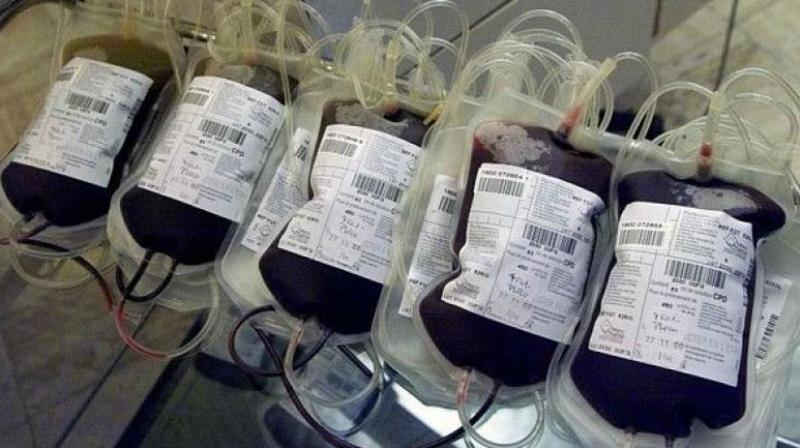South Africa: Drawing safe blood

In South Africa, a region plagued by HIV, Ravi Reddy spearheads the South African National Blood Service, that sources life-saving blood and plasma. A third generation Indian, who traces his roots back to Hyderabad, Ravi has now been elected to head the International Society for Blood Transfusion (ISBT). His work in guaranteeing blood safety has been lauded world over. South Africa is among the worst regions hit by the virus with an estimated 6.3 million living with HIV in 2013. That year, there were 3,30,000 new instances of infection and 2,00,000 deaths from AIDS-related illnesses.
In its statement, shortly after his appointment to the new role, the SANBS noted: “Ravi Reddy has played a key role in South Africa’s high level of blood safety.” It added that there had been only one confirmed case of HIV caused by blood transfusion out of nine million units of blood donated in the past decade. Such a level of safety requires intricate systems in place. SANBS relies on a network of ‘blood recruits’ — individuals picked to be a continuous, integral part of the programme. Reddy explains, “Recruitment of new donors is focused on the 16 to 25 year age group. We approach schools, universities and colleges to recruit new donors. We then identify 14 donor educators that focus on education of donors on donating blood and living a safe lifestyle via presentations and workshops. The individuals then sign on to donate and we have blood drives at the institutions. We have a number of initiators such as peer promoters, where high-school students are recruited and trained by SANBS to promote blood donation among their peers. Then, there’s Club 25. Students are encouraged to join this Club and donate 20 units by the age of 25.”
Such a large operation also means some big numbers. “We collect 8,23,000 units of blood every year. We have 87 site donor centers at shopping malls and also have about 90 mobile blood drives every day. The HIV rate in the 15 to 16 age group in South Africa is 17.5 per cent and by education and getting regular donors, the HIV rate in our blood donors is 0.21 per cent,” adds Reddy.
It’s because of this massive effort that South Africa today, can guarantee safe blood to a patient within a few hours. “It is difficult but that doesn’t mean it can’t be done. There was a time when procurement of safe blood in South Africa was fraught with risks but now, due to better testing and vetting, the process has become faster and more reliable.” Reddy started out as a volunteer with the SANBS over three decades ago and has since, served in various capacities. “South Africa still has a long way to go in its fight against AIDS and HIV, but for now, the strategy to provide safe blood to patients seems to be working and we’re thankful for that,” he says.

